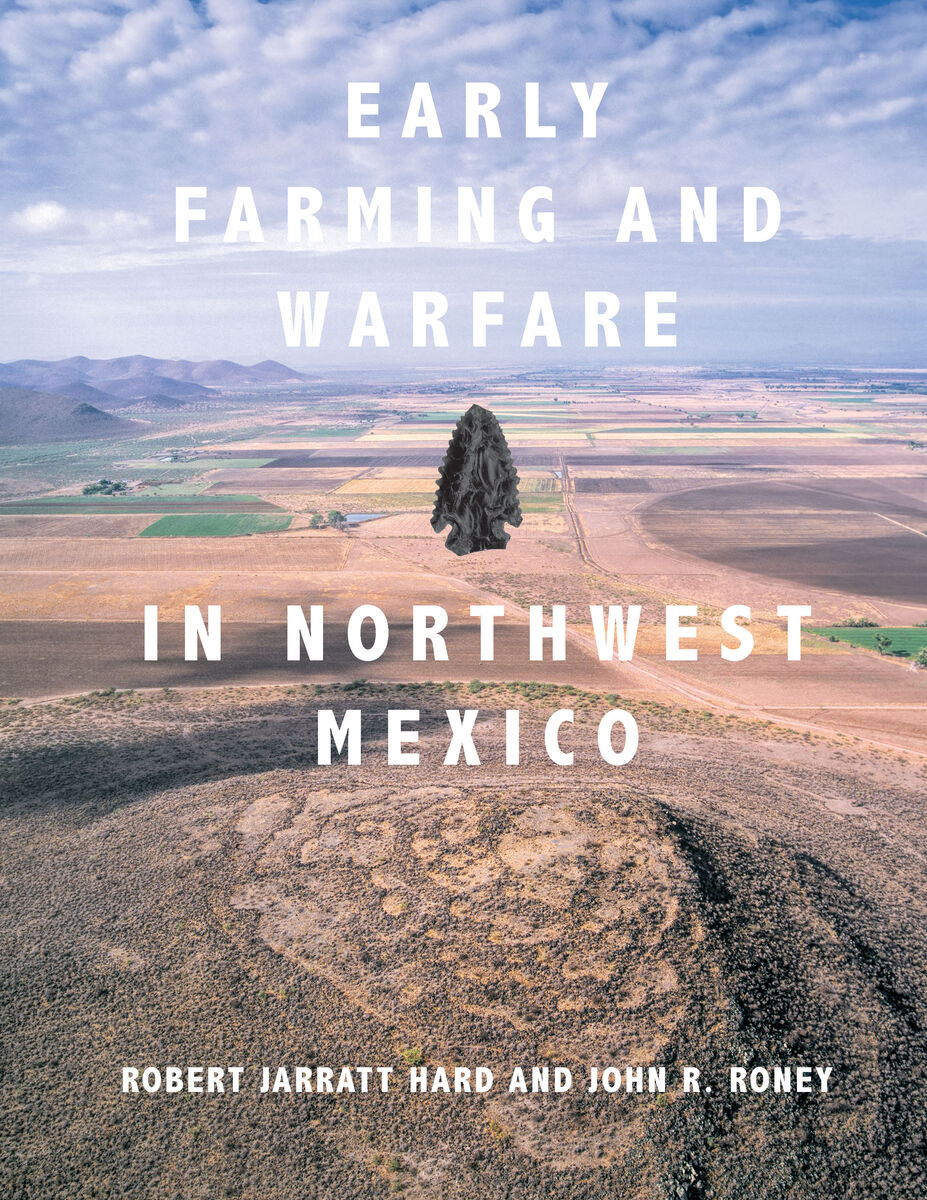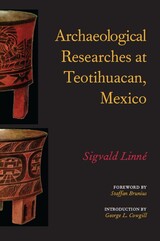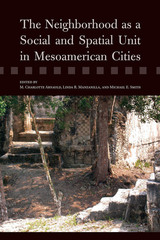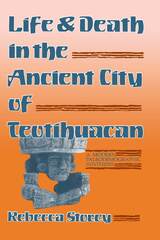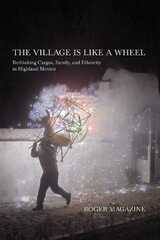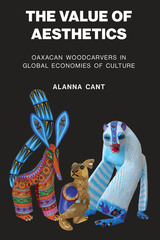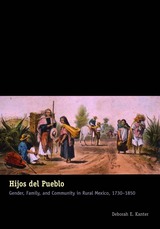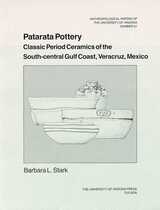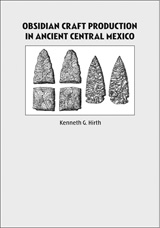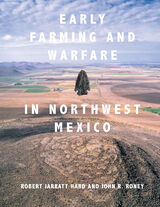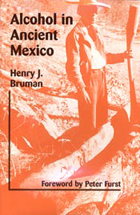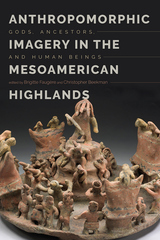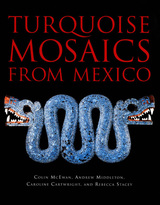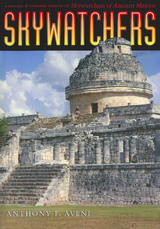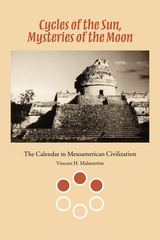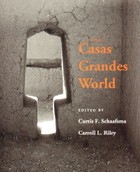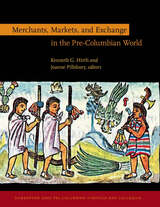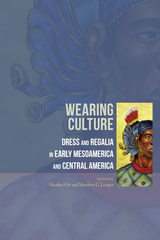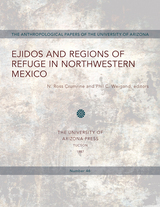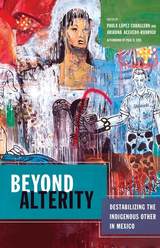Early Farming and Warfare in Northwest Mexico
University of Utah Press, 2019
eISBN: 978-1-60781-679-9 | Cloth: 978-1-60781-678-2
Library of Congress Classification F1219.3.A35
Dewey Decimal Classification 972.01
eISBN: 978-1-60781-679-9 | Cloth: 978-1-60781-678-2
Library of Congress Classification F1219.3.A35
Dewey Decimal Classification 972.01
ABOUT THIS BOOK | AUTHOR BIOGRAPHY | REVIEWS | TOC | REQUEST ACCESSIBLE FILE
ABOUT THIS BOOK
This volume presents the multiyear archaeological investigations of Cerro Juanaqueña and related sites in northwestern Chihuahua, Mexico. These remarkable terraced hilltop settlements represent a series of watershed developments, including substantial dependence on agriculture and early experiments with village living, fortified settlements, collective labor, and communal architecture. Part of a larger, regional development, they parallel changes in northern Sonora and southern Arizona. The emergence of large fortified agricultural villages at 1300 BC—before the use of ceramics—was an unexpected discovery that changed how archaeologists view early agriculture in this region.
The authors place their work in a regional and theoretical context, providing detailed analyses of radiocarbon dates, structures, features, and artifacts. Authors Hard and Roney, and their contributors, present innovative analyses of plant and animal remains, ground stone, chipped stone, and landscape evolution. Through comparisons with a global cross-cultural probe of hilltop sites and a detailed examination of the features and artifacts of Cerro Juanaqueña, Hard and Roney argue that these cerros de trincheras sites are the earliest fortified defensive sites in the region. Readers with interests in ancient agriculture, warfare, village formation, and material culture will find this to be a foundational volume.
The authors place their work in a regional and theoretical context, providing detailed analyses of radiocarbon dates, structures, features, and artifacts. Authors Hard and Roney, and their contributors, present innovative analyses of plant and animal remains, ground stone, chipped stone, and landscape evolution. Through comparisons with a global cross-cultural probe of hilltop sites and a detailed examination of the features and artifacts of Cerro Juanaqueña, Hard and Roney argue that these cerros de trincheras sites are the earliest fortified defensive sites in the region. Readers with interests in ancient agriculture, warfare, village formation, and material culture will find this to be a foundational volume.
See other books on: Agriculture, Prehistoric | Indians of Mexico | Mexico, North | Northwest Mexico | Warfare
See other titles from University of Utah Press
